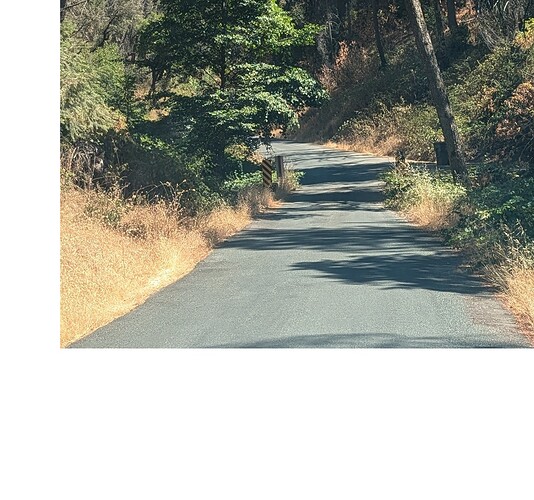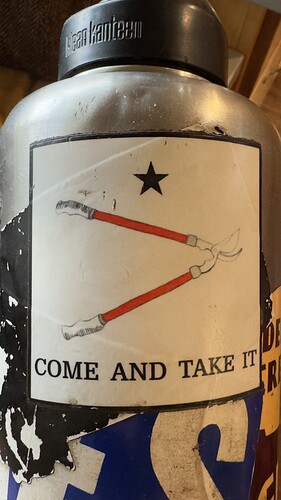Zeke, I have to respectfully disagree with your comment that, " why should CDFW have to cut the brush when their mission is to have a chunk of wildland/habitat for critters and hunters…" (?) CDFW’s actual mission statement is to " To manage California’s diverse fish, wildlife, and plant resources, and the habitats upon which they depend, for their ecological values and for their use and enjoyment by the public." I would argue, and have to the Director of Region 2, that without habitat you don’t have to worry about fish, wildlife and plant resources.
CDFW’s responsibilities and commitments in regards to fuels reduction has been on my radar for over 2 decades, and I can say they have been severely lacking in my area.
I live next to the CDFW “managed” Bear River Fishing Access. You may remember this as the origin of the 2021 River Fire. To be clear, there is rarely any fishing at this location, it is primarily a day use access to the river for swimming, and formerly had overnight camping ran by Placer county.
For the last 25 years, I have been prompting CDFW and Placer County, who has “managed” the land via a MOU, to focus on fuel mitigation and revitalizing a well and installing a 10K gallon water tank and 2 hydrants for fire fighting needs. While I had received positive feedback form Placer County, (They actually agreed to the tank and hydrants via email, but it was never constructed), CDFW has never committed to much of anything despite hundreds of standing and downed beetle killed conifers.
The county had (pre River Fire) been using goats annually for fuel mitigation and oversaw some mastication projects. With the newest MOU, written after the River Fire, all fuel mitigation is the responsibility of CDFW. Their response to this was reducing goat grazing by nearly 50% and having the CCC and GBI (Great Basin Institute) do some hand clearing on about 10 acres of the 192+ of the FA. As the Director for this area said in a town hall, we don’t have enough money to manage this property as Placer County did. So here we are
After our neighborhood of 20 residents formed a recognized Firewise Community, I contacted the CDFW land manager with my concerns. One of which was an ignition started by a vehicle off the roadway, which could possibly run up canyon skirting the River Fire scar and threaten the City of Colfax. He replied that it was his responsibility to deal with this property, but his employees had been busy doing mule deer surveys near Hallelujah Junction and dealing with wolfs in other areas of his Region. Obviously this is important work, but a Department should be able to do multiple things at once.
Coincidentally, 3 weeks after I voiced my concerns, there was a car accident on to CDFW land. I sent emails, contacted LEO, provided photos and spoke directly with a Senior Biologist about the accident and the need to remove the overturned vehicle. Well, that was 5 months ago and the car is still in the same location minus 3 of it’s wheels. EDIT: The car is gone as of today! It must have gotten towed out last week
I’ve requested to see the LMP for this area but as one biologist wrote, I doubt there is one, as Fishing Access’ were never a Department priority. I’ve had some good conversations with the local biologist about fuel mitigation and ways to have CF use Washington Ridge or Growlersburg hand crews to do some project work, as was done in the past. While he pointed out that was above his pay grade, he did comment that there was a good working relationship in Yuba County between CDFW and the BC for CF.
So that is an avenue we’re pursuing through the local Fire Council.
I’m cautiously optimistic that we’ll see some CDFW action on this land, but I must agree with @Firedude52 that priorities have not evolved with the changing environment we live in

